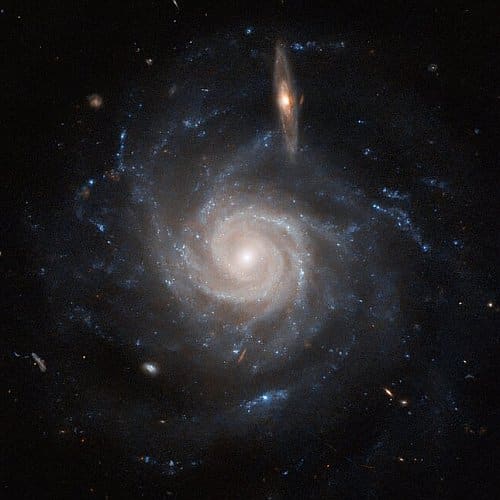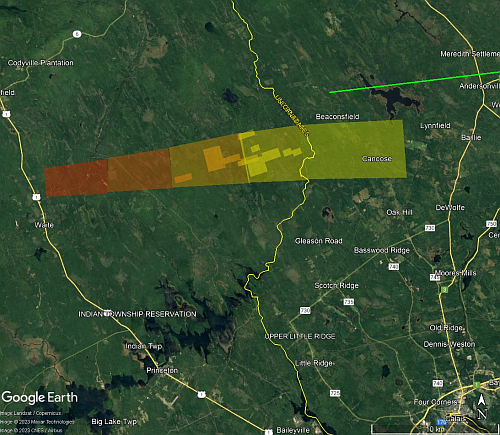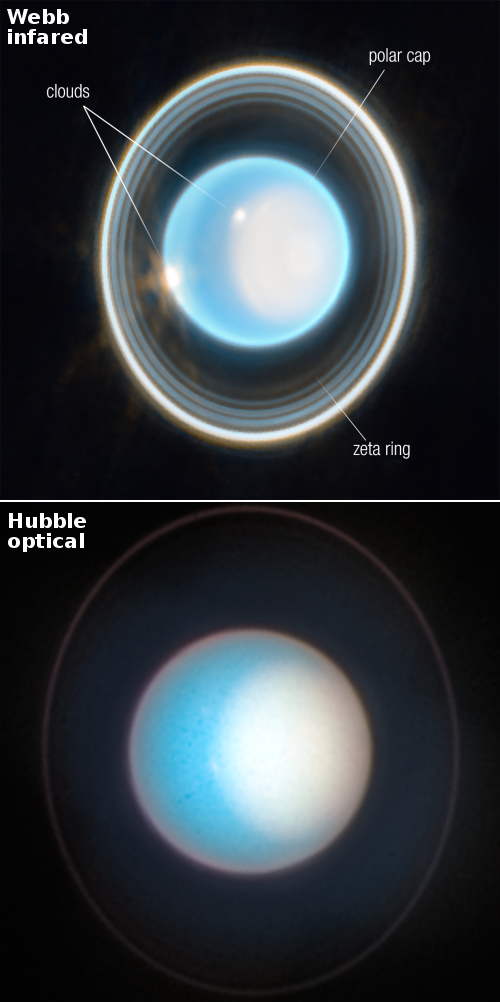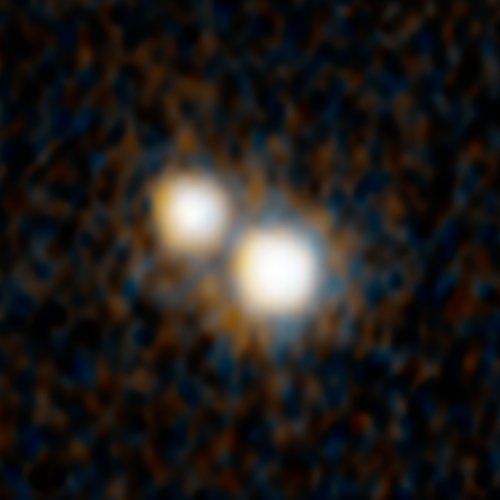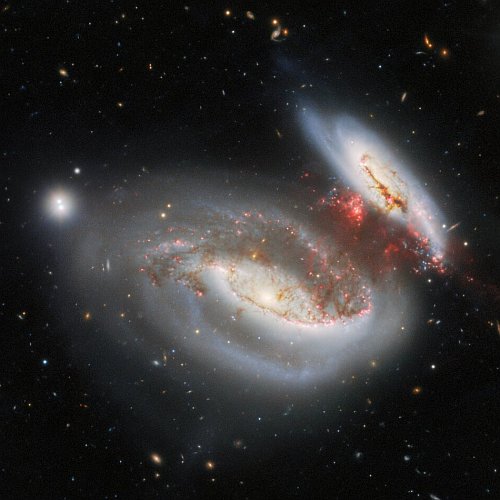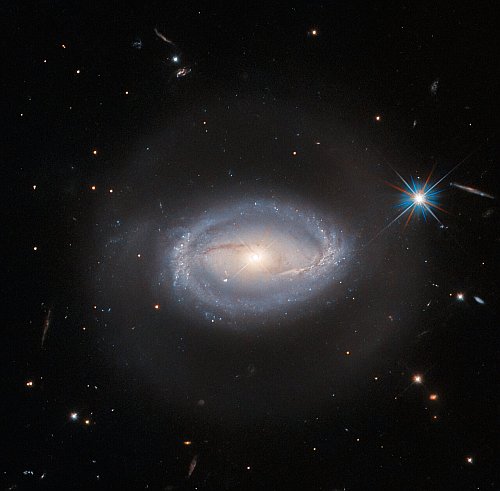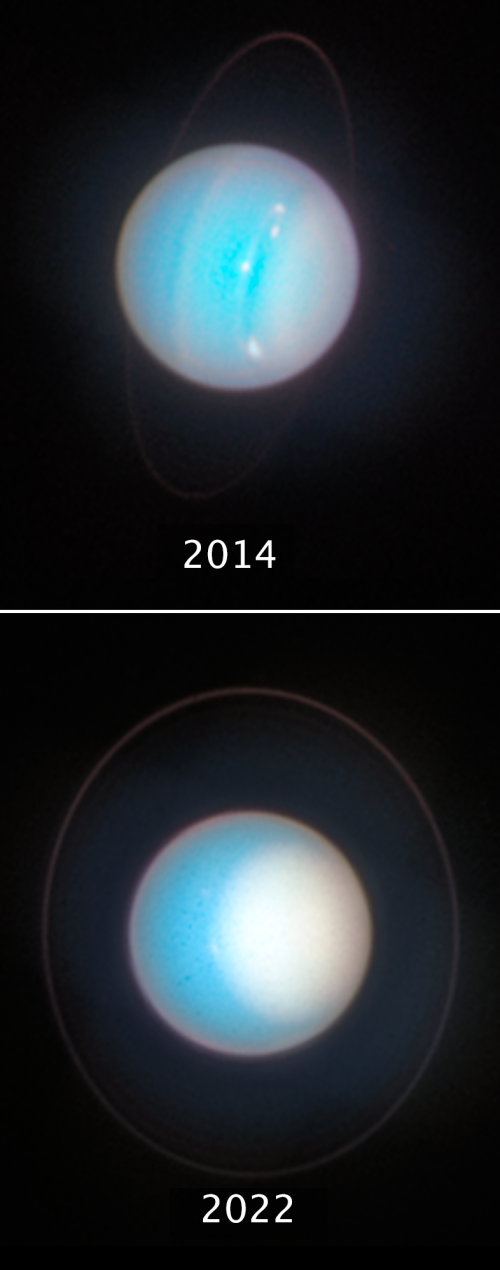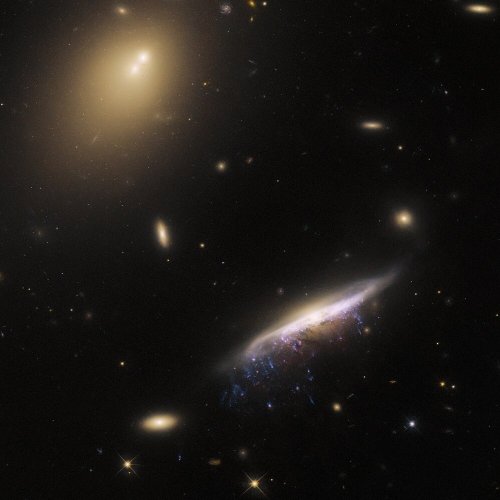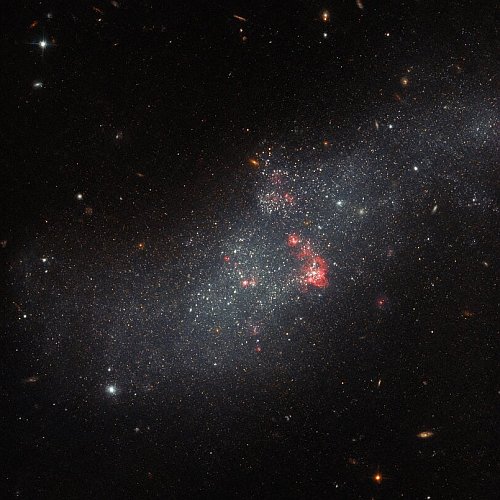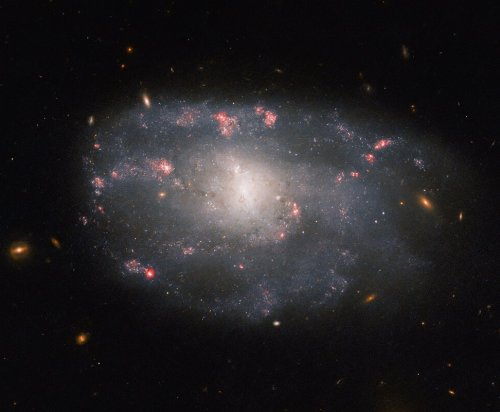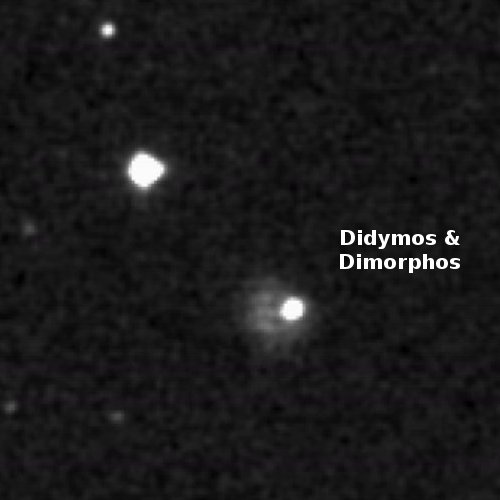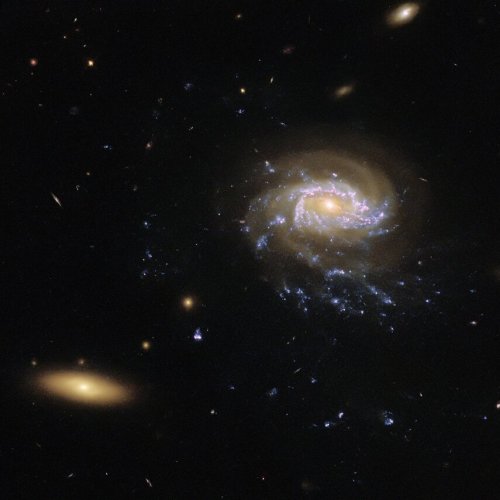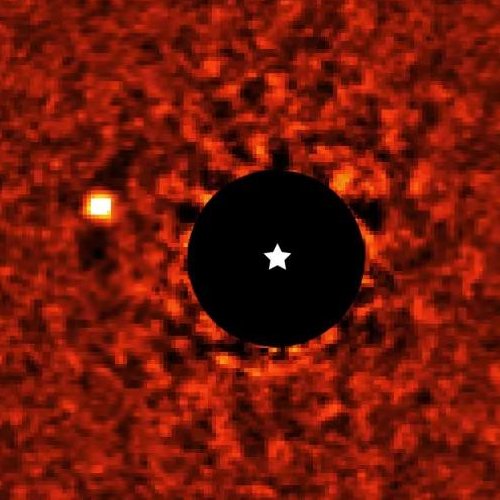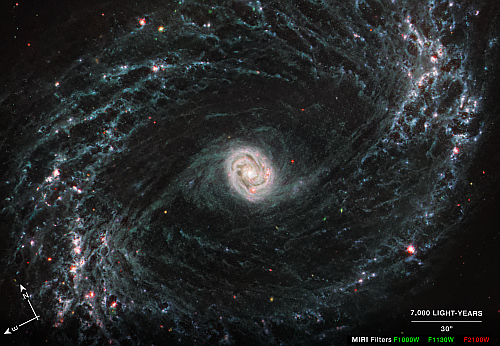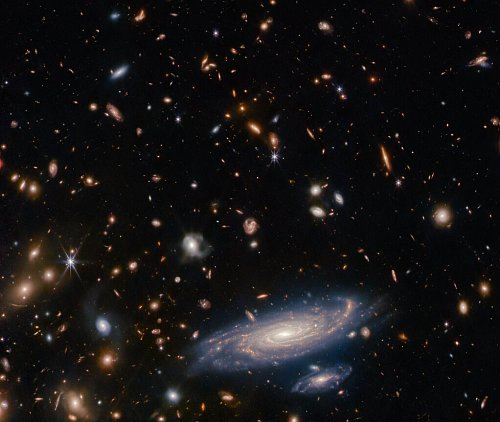A classic spiral galaxy
Cool image time! The photo to the right, cropped, reduced, and sharpened to post here, was taken by the Hubble Space Telescope and released today as the European Space Agency’s (ESA) Hubble picture of the week.
A large spiral galaxy. It has many narrow arms that are tightly-twisted in the centre, but at the ends they point out in different directions. The galaxy’s core glows brightly, while its disc is mostly faint, but with bright blue spots throughout the arms. A few smaller spiral galaxies at varying angles are visible in front, and it is surrounded by other tiny stars and galaxies, on a black background.
This galaxy is believed to be 260 million light years away, and was home to a supernova in 2020. This image was taken as a follow-up to that explosion.
Cool image time! The photo to the right, cropped, reduced, and sharpened to post here, was taken by the Hubble Space Telescope and released today as the European Space Agency’s (ESA) Hubble picture of the week.
A large spiral galaxy. It has many narrow arms that are tightly-twisted in the centre, but at the ends they point out in different directions. The galaxy’s core glows brightly, while its disc is mostly faint, but with bright blue spots throughout the arms. A few smaller spiral galaxies at varying angles are visible in front, and it is surrounded by other tiny stars and galaxies, on a black background.
This galaxy is believed to be 260 million light years away, and was home to a supernova in 2020. This image was taken as a follow-up to that explosion.

